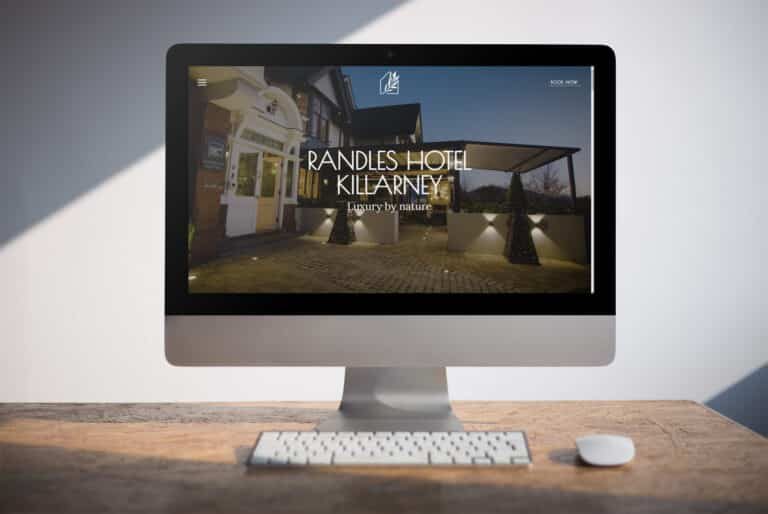It is a question that many businesses think about all the time, how much should I spend on marketing? How do I know if I should spend more or less? At the moment, most businesses have decided to spend less and the Irish advertising market is expected to plummet by about 30% this year.
In many sectors such as hotels and hospitality, demand was dramatically hit by Covid-19 and marketing budgets have cut because of this.
However, in sectors such as e-commerce retail, demand has been booming in Ireland during Covid-19 as people shop online. However the cost per click on Google & Facebook is lower than it was Pre-Covid.
In a panic about the general state of the economy, it appears that companies running highly profitable and effective e-commerce campaigns are cutting their budget. This could be because some e-commerce retailers also have a significant brick and mortar presence that has been shut by the lockdown.
Their overall revenue is down because of their retail store being shut and they are looking to cut costs across the board, its likely that they are missing out on a profitable opportunity by cutting costs were they should be cut.
SHOULD I SPEND MORE OR LESS?
To analyse whether marketing budget should be increased or decreased, companies need to look at the real-time performance of various marketing efforts. To analyse real-time performance, you should look at the return on ad spend (ROAS) of your marketing efforts. ROAS is calculated by looking at the amount of money that you made for every euro that you invested in marketing. So, if you have a ROAS of 25:1, that means that for every €1 that you spent on marketing, you made €25 in revenue.
The higher your ROAS, the greater return you are making from your marketing campaigns. A useful way to assess whether you need to increase or decrease your marketing spend is to look at the ROAS of the different sections of your marketing spend. Maybe, your paid search has a much higher return than your Facebook campaigns- using this knowledge you can increase your budget in paid search and decrease your spend on Facebook.
HOW DO I KNOW WHAT TO SPEND ON?
ROAS is a much more effective marketing metric than CPA (cost-per-acquisition) because ROAS considers that not all conversions are equal. While CPA is a great way to assess the volume of conversions, it doesn’t tell you which conversions are the most valuable.
For example, maybe females and males have a similar conversion rate but females have a much higher average order value. In that case, you would bid more aggressively on females as they will have higher ROAS due to their higher average order value.
HOW DO I KNOW WHAT’S WORKING?
ROAS driven marketing will not be effective if you are not able to attribute conversions accurately across the customer journey. Customers can engage with your website across many touchpoints before finally converting and how you attribute value to those touchpoints will frame your analysis of what is working and what isn’t working.
LAST CLICK MODEL
A typical user journey is now multi-device, multi-channel and multi-touch, with extensive research and comparisons being undertaken before finally making a purchase. In Google Ads, the standard attribution model used to analyse ads is last-click which assigns all the credit to the last touchpoint and according to Google, most advertisers measure the success of their online advertising on a last-click basis. This ignores the role of all the other touchpoints that led to the final conversion.
For example, if you are a 4 star hotel in Leitrim and a customer clicks on your ad after performing each of these searches “Leitrim hotels”, “4 star hotels Leitrim” and finally your brand name, last click attribution would assign all the value to the final brand search and none of the value to the previous two searches.
LINEAR MODEL
With the last click-model, you would assume that the previous two searches played no role at all in the conversion.
However, there are other attribution models that can give you a more accurate picture of that journey such as linear-conversion models where equal conversion value would be assigned to each stage of the journey.
With the linear model, all three searches above for the hotel in Leitrim would be given 1/3rd of the credit for the conversion. With a non-last click model such as linear, you get a better idea of the full journey that is driving conversions.
During these uncertain times, many businesses will have to cut their budgets in many areas due to decreasing demand, but when it comes to marketing, it is important to look at the ROAS of different marketing activities before making dramatic cuts and in some cases, you may be missing out on revenue by not spending enough on marketing.





